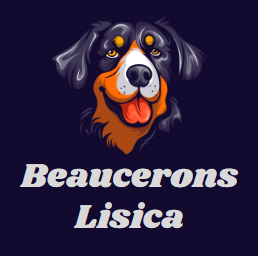Decorative Concrete
Decorative concrete is becoming increasingly popular as homeowners, designers, and custom home builders realize its benefits. This type of concrete includes techniques that stain, stamp, overlay, and polish the surface to create unique textures, patterns, and colors that mimic other materials at a much lower cost.
Color for decorative concrete is achieved through a number of methods, including acid stains, integral coloring, powder or liquid release agents, and color hardeners. These additives give the concrete a range of shades that are not possible to achieve through normal concrete mixes.
Today’s concrete solutions allow contractors to transform boring gray, utilitarian concrete into warm brown floors, sleek slate-looking patios, and weather-resistant outdoor kitchen countertops. They can also add texture and visual interest to surfaces like walls, retaining walls, and driveways.
Pool Decks
Having a pool in your backyard provides a space to relax, unwind and enjoy the company of family and friends. The surrounding area around your pool must be non-slip to ensure the safety of those using it and should also create a stylish look that enhances the overall design of your property.
Polished concreterslakemacquarie.com.au is the ideal choice for pool decks, as it can be customised to suit any style or design of swimming pool and is more affordable than pavers and bricks. Moreover, it’s much easier to clean than other materials, and is strong enough to withstand heavy traffic or rough play from kids and pets. This means you can rest assured knowing your new pool area will be a one-of-a-kind space that reflects the style of your home.
